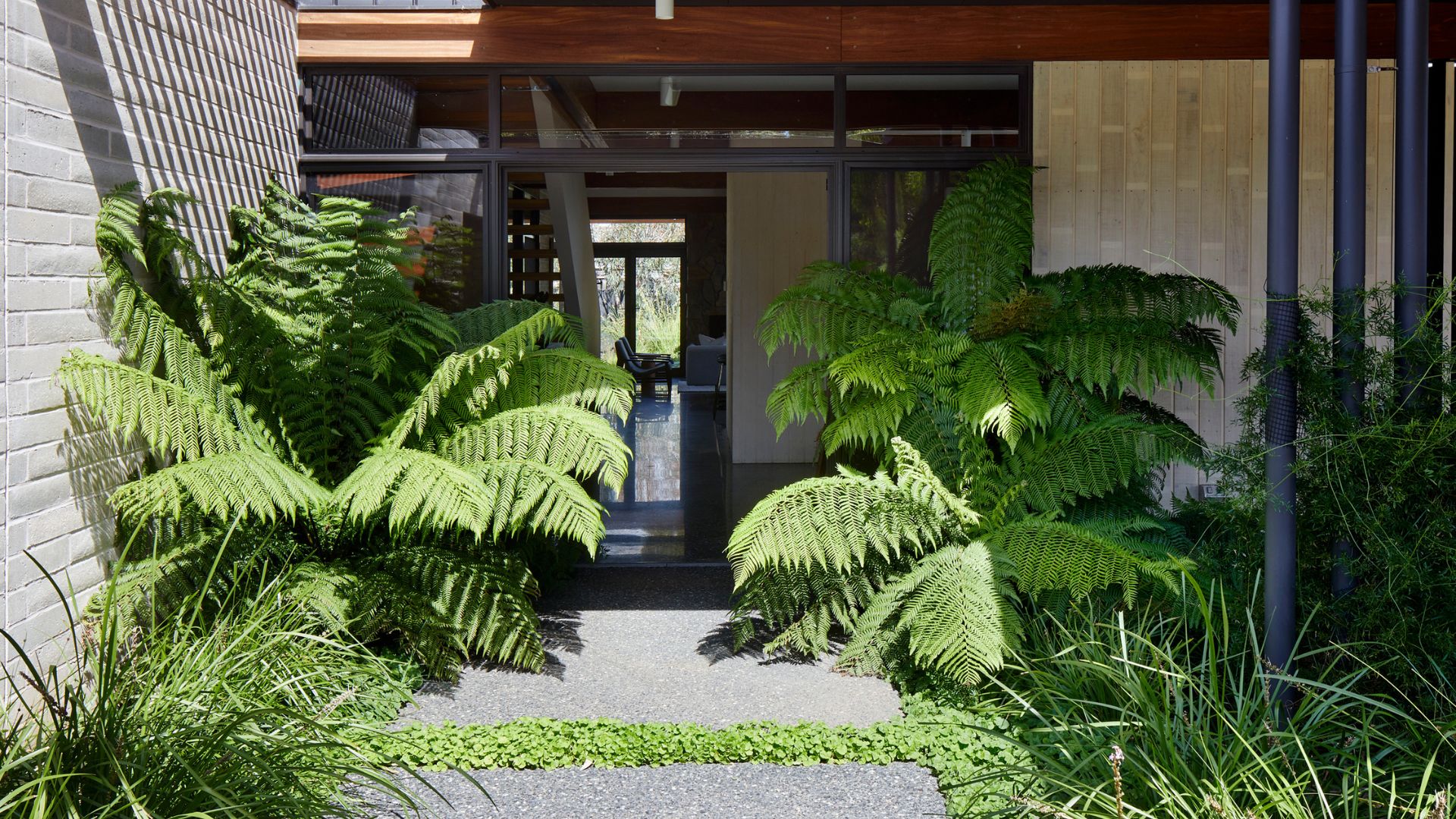
Christmas ferns, they're just simple woodland shade plants, right? Wrong! Turns out, we’ve been taking this green-leafed plant for granted for quite some time. Said to gain its name from pioneers using the long evergreen leaves to make Christmas wreaths, these plants, known officially as Polystichum acrostichoides, are one of the most common ferns in North America — chances are your yard may already be home to a Christmas fern!
They're extremely versatile, too, and with the right fern care, these plants will flourish beautifully. Perfectly happy in a variety of soil preferences and extremely hardy, this plant can thrive all over the country and is excellent for shaded ground cover. Plus, while other ferns die back in winter and lose their green fronds, Christmas Ferns keep their glossy green leaves and add a somewhat tropical vibe to gardens at this time of year, thanks to their unique leaf shape!
But how can you make the most of these plants and make them shine in your garden design? We’ve rounded up the expert’s top tips for growing and maintaining a Christmas fern, including tips on growing them indoors and protecting them from frost at this time of year.
Christmas fern plant — How to Grow
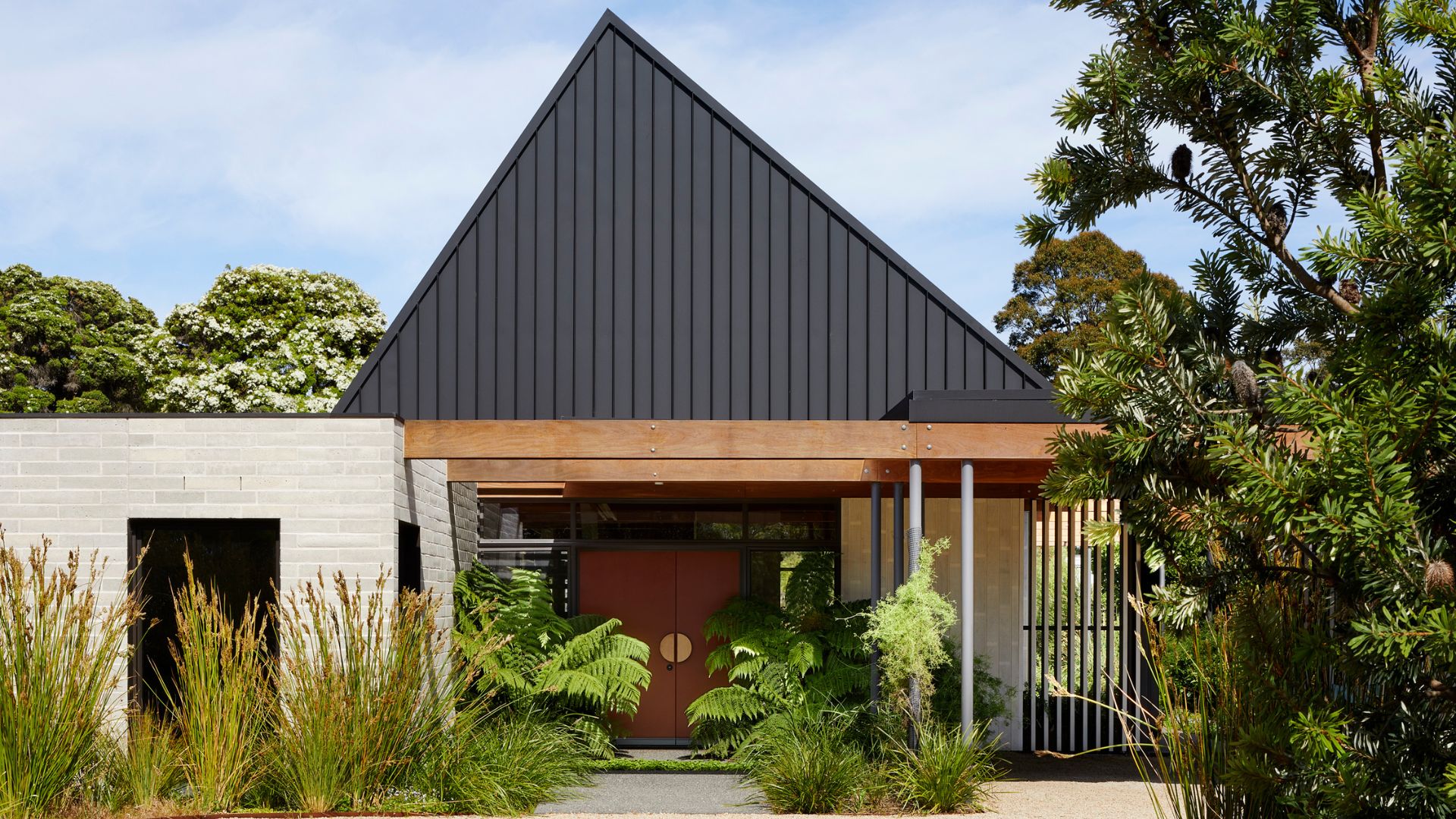
Knowing how to care for ferns in winter and grow them into happy and healthy plants is the key to a flourishing green garden — even during the frost. So, how exactly do you grow Christmas Ferns in your garden? Well, here's what our experts have to say about it.
Check your horticultural zone first – According to expert Sydni D’Amico at Fast Growing Trees, versatility is one of a Christmas fern’s most attractive features, making it suitable for planting in a wide range of USDA zones.
"Christmas ferns thrive year-round outdoors in growing zones 3-9 and are especially desirable in the winter due to their evergreen foliage that withstands freezing temperatures and frosts," says expert Sydni.
Choose the correct location - Although they’re versatile, like all plants, ferns desire certain drainage and soil conditions. Christmas Ferns are shade-loving shrubs, but as Sydni explains, that doesn’t mean they’ll tolerate sitting in poor-draining soils.
"They prefer moist, well-draining soil rich in organic matter. Shaded locations, such as underneath tree canopies, are ideal planting sites," says Sydni. "Consistently moist soil is preferred for Christmas ferns, so it is recommended to regularly water in locations that experience hot and/or dry conditions."
Price: $9.99
Quantity: 2 top size roots
This shade-loving plant can grow up to 24 inches tall and prefers moist soil. Its leaves can grow into a feathery shape with bright foliage that will elevate your space.
Price: $48.28
Quantity: 10 bare root plants
This classy Christmas fern can grow up to 24 inches tall in hardiness zones 3-9. It also makes for a special little decorative piece in a winter garden.
Price: $22.98
Quantity: 2 pack
This versatile Christmas fern can be planted in your garden borders, as ground cover or as a backdrop to your other lovely winter blooms. They're low maintenance, hardy, and easy to grow.
Can you Grow a Christmas Fern in a Container?
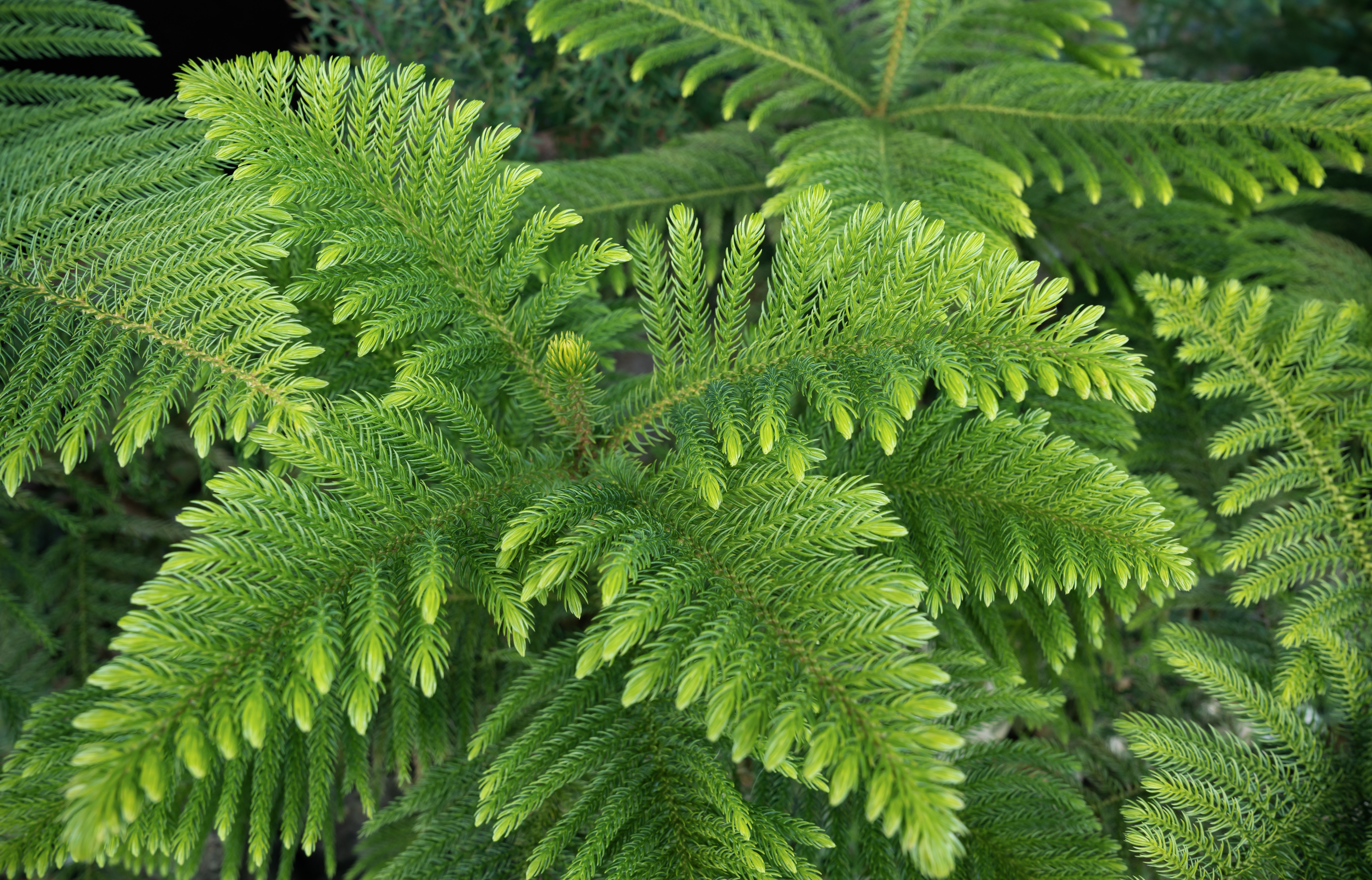
If your shady garden bed is looking a bit crowded or you have a patio or balcony garden, don’t worry, Christmas ferns work great in container gardening, too.
Sydni says "Christmas ferns are a great low-maintenance addition to a winter garden, their green fronds give contrast and allure among typical dormant plants in the landscape. Due to their manageable and compact size, Christmas ferns make great container plants. Growing Christmas ferns in containers also allow for versatility, making it possible to move around your plants with ease to change up landscape designs on a whim."
A great upside to growing Christmas ferns in containers is their movability – especially when it comes to sunlight changes. Though they will tolerate some sun depending on your climate, if you’re positioning your fern in the shade in winter, there’s a chance your plant will become exposed to direct sunlight come spring and summer when the sun sits higher in the sky. By planting them in containers, you can keep your garden design flexible and allow it to go with the seasons.
What’s the Best Time to Plant a Christmas Fern?
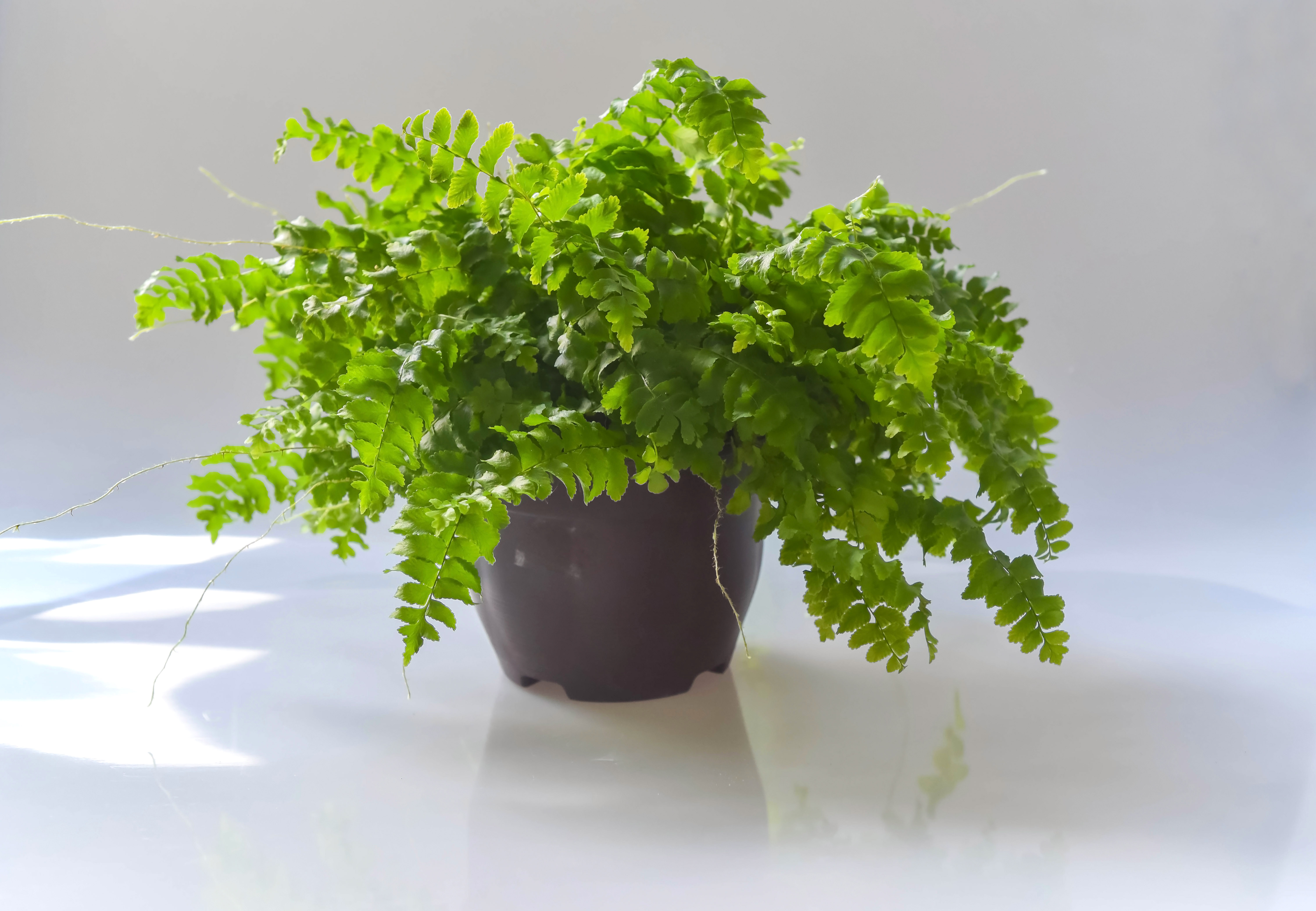
According to plant expert Sydni, the best time to plant a Christmas fern is in early spring or fall.
Sydni explains, "The best times of the year to plant Christmas ferns are in early spring, after the last frost, or in early autumn, before the first frost of the season. Planting before/after the threat of frosts gives your fern time to get established so it does not encounter any cold damage."
However, if you can’t wait until spring to get your Christmas fern fix, there are steps you can take to plant now and minimize cold damage. If your yard is in zone 9, your new fern should be perfectly fine to plant straight out into the garden.
But for colder zones that experience harsher frosts, planting your Christmas ferns in containers that you can maneuver into cold frames, greenhouses, or even inside is a great way to achieve your planting goals while limiting frost damage.
FAQs
Do Christmas Ferns Do Well As Houseplants?
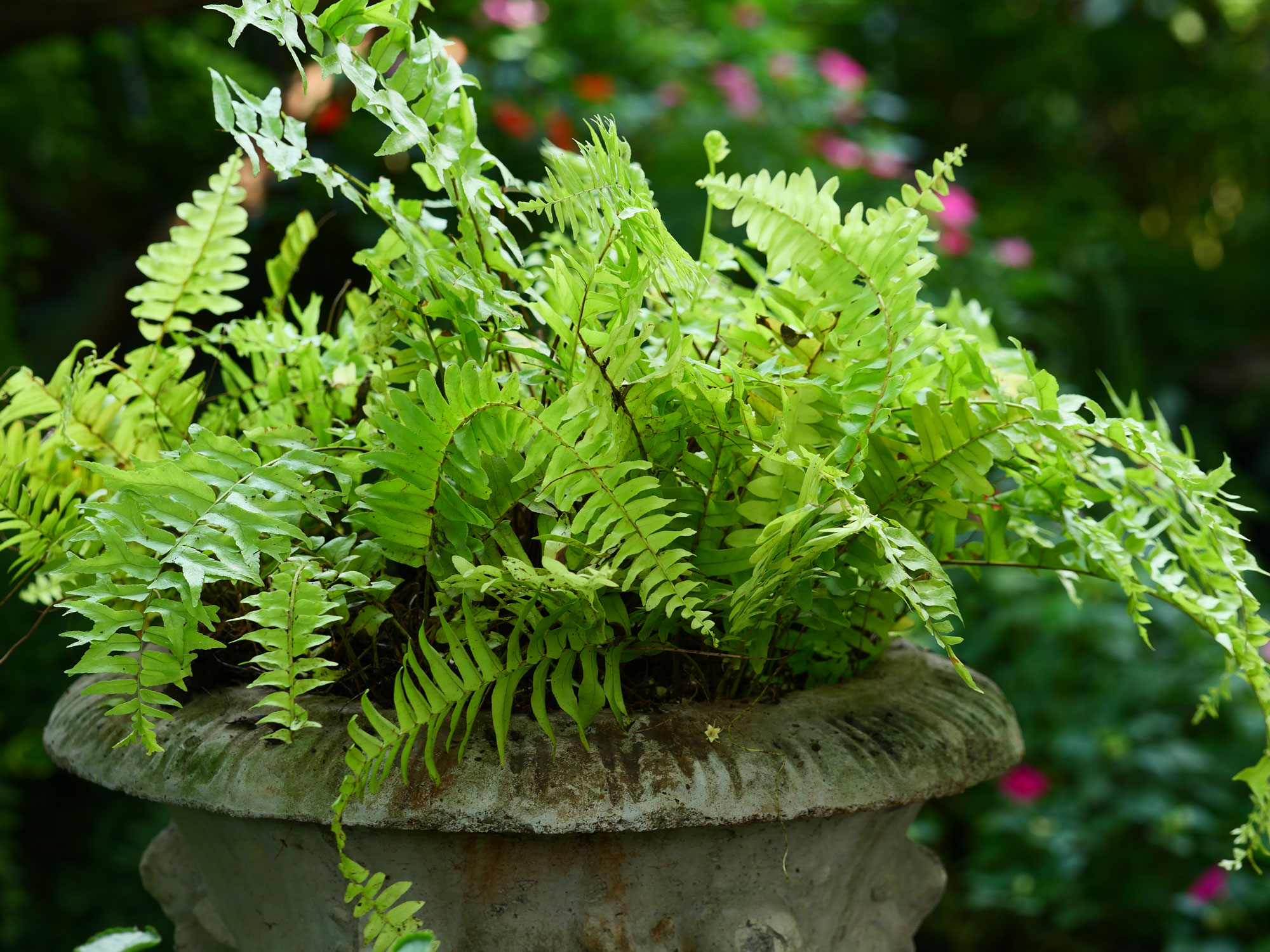
Christmas ferns make for a beautiful houseplant, according to horticultural expert Sydni. "Christmas ferns make for excellent, low-maintenance houseplants," says Sydni. "A sunny window with morning sun and afternoon shade is ideal."
However, don’t get complacent with your plant’s positioning. Christmas ferns still prefer shade, even when indoors. "Make sure to keep your fern out of direct sunlight, especially in the summer months, as they can be sensitive to leaf scorching. Keep the soil in the container moist, but not wet, allowing the top couple of inches to dry out some in between waterings."
How Long do Christmas Ferns Live For ?
Christmas ferns are long-living perennials that can last decades, says Sydni!
"In favorable conditions with proper care, Christmas ferns can live up to 15-20 years or more! They thrive in a wide range of climates, including growing zones 3-9." To maximize your fern’s lifespan, it’s important to avoid the two big factors that shorten a Christmas fern’s lifecycle: overexposure and rot.
This is a shade-loving plant that often grows beneath tree canopies, so ensuring its leaves are protected from direct sunlight is extremely important to avoid leaf scorching that can harm Christmas ferns. However, don’t confuse shade with excessive moisture levels. Just as important as shade is, this isn’t a plant that likes to sit in water, and doing so can cause the roots to rot and the plant to die.







